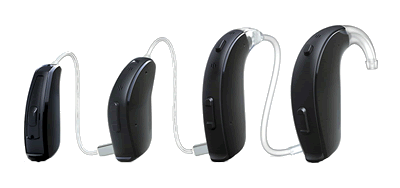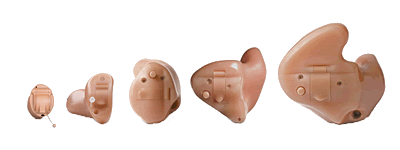 651-628-4327
651-628-4327
 Some hearing aids fit behind the ear (BTE). These come in a variety of styles, depending on the needs of the patient. An audiologist can help determine which style is most appropriate for you. BTE devices may have a custom earmold that fits into the ear, particularly when a lot of amplification is needed. Others may have the speaker down in the ear and leave the ear canal mostly open. This depends on the type of hearing loss you have.
Some hearing aids fit behind the ear (BTE). These come in a variety of styles, depending on the needs of the patient. An audiologist can help determine which style is most appropriate for you. BTE devices may have a custom earmold that fits into the ear, particularly when a lot of amplification is needed. Others may have the speaker down in the ear and leave the ear canal mostly open. This depends on the type of hearing loss you have. Other hearing aids fit within the ear (in-the-ear or ITE). Some hearing aids fill up the outer part of the ear and some fit entirely within the ear canal. The difference is largely a matter of patient choice, although dexterity may be a factor. However, the smaller the hearing aid, the fewer options (features) can be included.
Other hearing aids fit within the ear (in-the-ear or ITE). Some hearing aids fill up the outer part of the ear and some fit entirely within the ear canal. The difference is largely a matter of patient choice, although dexterity may be a factor. However, the smaller the hearing aid, the fewer options (features) can be included.
Higher techology provides two primary benefits to you:
It is not necessarily true that you should purchase the highest level of technology you can afford. While higher tech hearing aids will perform better in more difficult listening environments, they are not always the best value for all patients.
No matter what your listening needs are, your audiologist can counsel you regarding what is appropriate and ensure that you receive the best value.